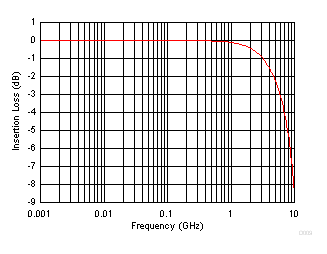SLVSE49A July 2017 – July 2017 ESD401
PRODUCTION DATA.
- 1 Features
- 2 Applications
- 3 Description
- 4 Revision History
- 5 Pin Configuration and Functions
- 6 Specifications
- 7 Detailed Description
- 8 Application and Implementation
- 9 Power Supply Recommendations
- 10Layout
- 11Device and Documentation Support
- 12Mechanical, Packaging, and Orderable Information
Package Options
Mechanical Data (Package|Pins)
- DPY|2
Thermal pad, mechanical data (Package|Pins)
- DPY|2
Orderable Information
6 Specifications
6.1 Absolute Maximum Ratings
over operating free-air temperature range (unless otherwise noted)(1)| MIN | MAX | UNIT | ||
|---|---|---|---|---|
| Electrical fast transient | IEC 61000-4-4 (5/50 ns) at 25°C | 80 | A | |
| Peak pulse | IEC 61000-4-5 power (tp - 8/20 µs) at 25°C | 67 | W | |
| IEC 61000-4-5 current (tp - 8/20 µs) at 25°C | 4.5 | A | ||
| TA | Operating free-air temperature | –40 | 125 | °C |
| Tstg | Storage temperature | –65 | 155 | °C |
(1) Stresses beyond those listed under Absolute Maximum Ratings may cause permanent damage to the device. These are stress ratings only, which do not imply functional operation of the device at these or any other conditions beyond those indicated under Recommended Operating Conditions. Exposure to absolute-maximum-rated conditions for extended periods may affect device reliability.
6.2 ESD Ratings — JEDEC Specification
| VALUE | UNIT | |||
|---|---|---|---|---|
| V(ESD) | Electrostatic discharge | Human-body model (HBM), per ANSI/ESDA/JEDEC JS-001(1) | ±2500 | V |
| Charged-device model (CDM), per JEDEC specification JESD22-C101(2) | ±1000 | |||
(1) JEDEC document JEP155 states that 500-V HBM allows safe manufacturing with a standard ESD control process.
(2) JEDEC document JEP157 states that 250-V CDM allows safe manufacturing with a standard ESD control process.
6.3 ESD Ratings—IEC Specification
| VALUE | UNIT | |||
|---|---|---|---|---|
| V(ESD) | Electrostatic discharge | IEC 61000-4-2 contact discharge | ±24000 | V |
| IEC 61000-4-2 air-gap discharge | ±30000 | |||
6.4 Recommended Operating Conditions
over operating free-air temperature range (unless otherwise noted)| MIN | MAX | UNIT | ||
|---|---|---|---|---|
| VIO | Input pin voltage | –5.5 | 5.5 | V |
| TA | Operating free-air temperature | –40 | 125 | °C |
6.5 Thermal Information
| THERMAL METRIC(1) | ESD401 | UNIT | |
|---|---|---|---|
| DPY (X1SON) | |||
| 2 PINS | |||
| RθJA | Junction-to-ambient thermal resistance | 420 | °C/W |
| RθJC(top) | Junction-to-case (top) thermal resistance | 169.3 | °C/W |
| RθJB | Junction-to-board thermal resistance | 276.1 | °C/W |
| ψJT | Junction-to-top characterization parameter | 122.1 | °C/W |
| ψJB | Junction-to-board characterization parameter | 157.3 | °C/W |
| RθJC(bot) | Junction-to-case (bottom) thermal resistance | N/A | °C/W |
(1) For more information about traditional and new thermal metrics, see the Semiconductor and IC Package Thermal Metrics application report.
6.6 Electrical Characteristics
over operating free-air temperature range (unless otherwise noted)| PARAMETER | TEST CONDITIONS | MIN | TYP | MAX | UNIT | |
|---|---|---|---|---|---|---|
| VRWM | Reverse stand-off voltage | IIO < 10 nA | –5.5 | 5.5 | V | |
| VBRF | Breakdown voltage, Pin 1 to Pin 2 (1) | IIO =1 mA, at TA = 25°C | 7.5 | 9.1 | V | |
| VBRR | Breakdown voltage, Pin 2 to Pin 1 (1) | IIO =1 mA, at TA = 25°C | 7.5 | 9.1 | V | |
| VHOLD | Holding voltage (2) | IIO =1 mA | 8.3 | V | ||
| VCLAMP | Clamping voltage | IPP = 1 A, TLP, from Pin 1 to Pin 2 and Pin 2 to Pin 1, TA = 25°C | 11 | V | ||
| IPP = 5 A, TLP, from Pin 1 to Pin 2 and Pin 2 to Pin 1, TA = 25°C | 16 | |||||
| IPP = 16 A, TLP, from Pin 1 to Pin 2 and Pin 2 to Pin 1, TA = 25°C | 24 | |||||
| IPP = 1.8 A, IEC-61000-4-5 (tp - 8/20 µs) from Pin 1 to Pin 2 and Pin 2 to Pin 1, TA = 25°C | 12 | |||||
| IPP = 4.5 A, IEC-61000-4-5 (tp - 8/20 µs) from Pin 1 to Pin 2 and Pin 2 to Pin 1, TA = 25°C | 15 | |||||
| ILEAK | Leakage current, Pin 1 to Pin2 and PIn2 to Pin 1 | VIO = ±2.5 V | 0.03 | 10 | nA | |
| RDYN | Dynamic resistance | Measured between TLP IPP of 10 A and 20 A, Pin 2 to Pin 1 and Pin 1 to Pin2, TA = 25°C | 0.7 | Ω | ||
| CL | Line capacitance | VIO = 0 V, f = 1 MHz, Pin 1 to Pin 2 and Pin2 to Pin1, TA = 25°C | 0.77 | 0.95 | pF | |
(1) VBRF and VBRR are defined as the voltage obtained at 1 mA when sweeping the voltage up, before the device latches into the snapback state.
(2) VHOLD is defined as the voltage when 1 mA is applied, after the device has successfully latched into the snapback state.
6.7 Typical Characteristics
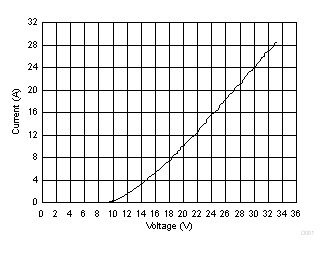 Figure 1. Positive TLP Curve, Pin 1 to Pin 2
Figure 1. Positive TLP Curve, Pin 1 to Pin 2
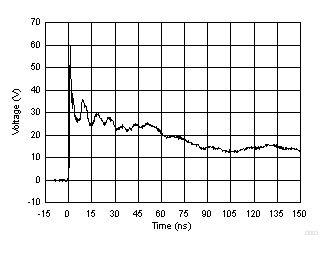 Figure 3. 8-kV IEC 61000-4-2 Waveform, Pin1 to Pin 2
Figure 3. 8-kV IEC 61000-4-2 Waveform, Pin1 to Pin 2
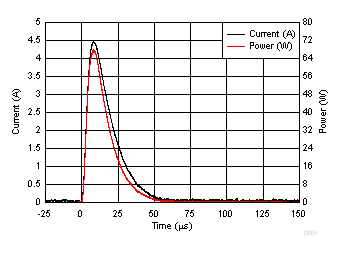 Figure 5. Surge (IEC 61000-4-5) Curve (tp = 8/20 µs), Pin 1 to Pin 2
Figure 5. Surge (IEC 61000-4-5) Curve (tp = 8/20 µs), Pin 1 to Pin 2
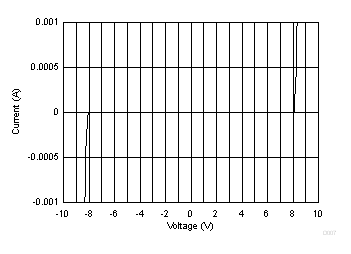 Figure 7. DC Voltage Sweep I-V Curve, Pin 1 to Pin 2
Figure 7. DC Voltage Sweep I-V Curve, Pin 1 to Pin 2
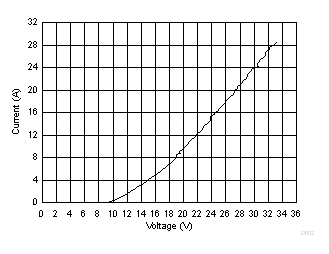 Figure 2. Negative TLP Curve, Pin 1 to Pin 2 (Plotted as Positive TLP Curve Pin 2 to Pin 1
Figure 2. Negative TLP Curve, Pin 1 to Pin 2 (Plotted as Positive TLP Curve Pin 2 to Pin 1
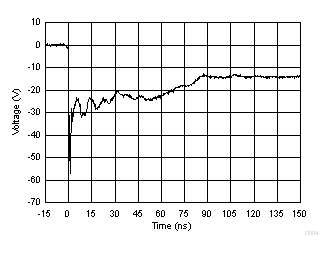 Figure 4. –8-kV IEC 61000-4-2 Waveform, Pin 1 to Pin 2
Figure 4. –8-kV IEC 61000-4-2 Waveform, Pin 1 to Pin 2
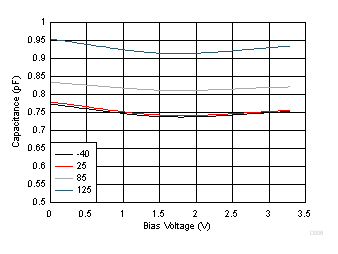 Figure 6. Capacitance vs Bias Voltage, Pin 1 to Pin 2
Figure 6. Capacitance vs Bias Voltage, Pin 1 to Pin 2
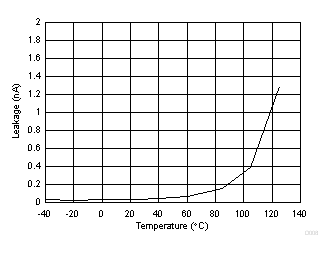 Figure 8. Leakage Current vs. Temperature, Pin 1 to Pin 2
Figure 8. Leakage Current vs. Temperature, Pin 1 to Pin 2
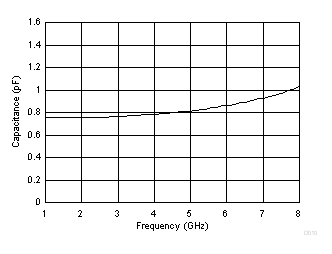 Figure 10. Capacitance vs. Frequency, Pin 1 to Pin 2
Figure 10. Capacitance vs. Frequency, Pin 1 to Pin 2
